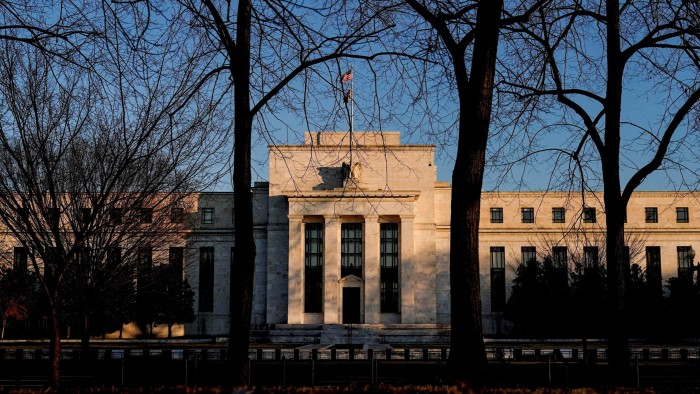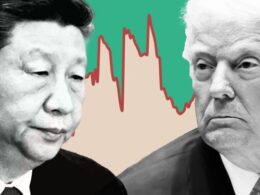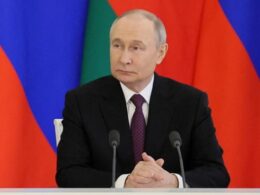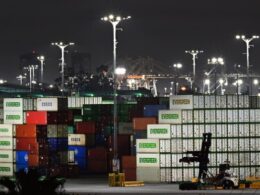Stay informed with free updates
Simply sign up to the US interest rates myFT Digest — delivered directly to your inbox.
The Federal Reserve has kept US interest rates on hold for the third meeting in a row, as officials highlighted growing concerns that President Donald Trump’s tariffs will trigger a fresh burst of inflation and weaken the jobs market.
“Uncertainty about the economic outlook has increased further,” the policymaking Federal Open Market Committee said on Wednesday, after voting unanimously to keep the federal funds target at a range of between 4.25 and 4.5 per cent. The committee added that, since they last met in March, “the risks of higher unemployment and higher inflation have risen”.
Fed officials have not cut borrowing costs since December and have signalled that they will remain on pause as they assess the effects of Trump’s tariffs on the world’s biggest economy.
Several top central bankers have signalled in recent weeks that containing persistent price pressures from the levies will be a top priority. This view has been bolstered by recent reports that showed the demand across the world’s largest economy broadly remained robust at the start of the year.
Still, surveys have indicated that businesses and consumers are deeply concerned about Trump’s levies will affect their finances going forward. Corporate earnings also showed many business managers are having difficulty forecasting their sales and profits because of the trade uncertainty.
“The Fed has shifted from engineering a soft landing to keeping the economy from nosediving even as Trump tries to commandeer the steering wheel,” said Eswar Prasad, a professor at Cornell University.
Guy LeBas, chief fixed-income strategist at Janney Montgomery Scott, added: “I can’t recall a time when the Fed has upgraded both growth and inflation risks quite so starkly.”
The Fed has maintained its patient approach despite repeated calls from the US president for it to cut borrowing costs. Trump has also launched attacks on chair Jay Powell, labelling him “Mr Too Late”.
The May decision followed the publication of stronger than expected non-farm payrolls figures for April, showing the US labour market remains on a solid footing despite the uncertainty triggered by the Trump administration’s trade policies.
The jobs figures led many economists to push back their expectations of the first Fed rate cut until September at the earliest.
There was no immediate change in rate expectations following Wednesday’s Fed decision.
US Treasury yields, which move inversely to price, fell to their lowest levels of the day. The two-year yield, which moves with interest rate expectations, dipped by 0.03 percentage points to 3.76 per cent, suggesting that the central bank was less hawkish than traders had anticipated. Stocks also dropped to their lowest levels on the day, with the S&P 500 down 0.4 per cent and the Nasdaq Composite 0.9 per cent lower.
Trump announced sweeping tariffs on April 2, which if enacted would raise US trade barriers to their highest levels in more than a century. Most were paused for 90 days a week later.
While GDP contracted for the first time in three years in the first quarter, officials put that down to distortions triggered by the tariffs as US businesses look to get ahead of the levies by importing goods.
“Although swings in net exports have affected the data, recent indicators suggest that economic activity has continued to expand at a solid pace,” the FOMC said.
Source link









